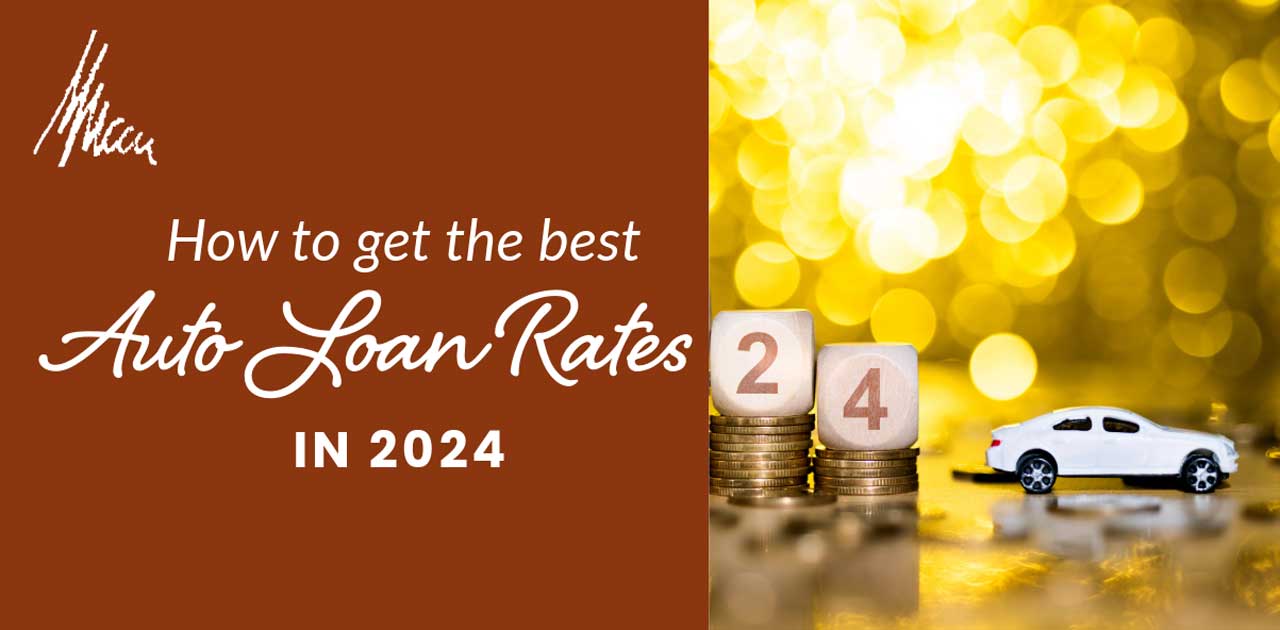
How Credit Unions Actually Compete With Banks for Auto Loan Rates
You’re staring at the dealership’s financing offer. The rate isn’t terrible, but it’s not great either. You know there has to be a better deal out there. And you’ve heard a whisper… something about credit unions having lower auto loan rates.
But how? How can these smaller, often local, institutions possibly compete with the giant national banks with their flashy ads and ubiquitous branches? It feels like a minivan trying to outrun a sports car.
Well, here’s the deal: that minivan might just be a sleeper vehicle with a surprising engine under the hood. Let’s pop it open and see how credit unions manage to consistently offer some of the most competitive auto loan rates on the market.
The Core Difference: It’s All About Structure
This is the fundamental reason. It’s not a secret strategy; it’s baked into their DNA.
Banks are for-profit corporations. Their primary duty is to generate maximum returns for their shareholders. Every loan, every fee, every decision is ultimately filtered through this lens: how does this increase profit for the owners?
Credit unions, on the other hand, are not-for-profit cooperatives. You aren’t a customer; you’re a member. And when you deposit your money, you become a partial owner. Seriously. Their mission isn’t to maximize profit for distant investors but to provide the best possible financial products and services to their member-owners.
Think of it like this: a bank is a taxi service, aiming to charge you the highest fare the market will allow to pay its drivers and make a profit for the company owners. A credit union is a carpool—everyone chips in for gas and maintenance, and the goal is simply to get everyone where they need to go as affordably as possible.
The Nitty-Gritty: Where Those Savings Come From
Okay, so the philosophy is different. But how does that translate into real, tangible savings on your car payment? A few key ways.
1. Lower Operating Costs (Way Lower)
Big banks spend billions. Billions on Super Bowl ads, towering downtown headquarters, and massive marketing campaigns. They have to recoup that cost, and it often gets baked into the interest rates they charge you.
Credit unions are famously lean. They’re often local, community-focused, and don’t have the same massive overhead. They might not have a branch on every corner, but that’s a trade-off that directly benefits your wallet. Lower costs mean they can operate on thinner margins, passing the savings directly to you in the form of lower auto loan rates.
2. Tax Advantages
This is a huge one. Because credit unions are not-for-profit cooperatives, they are generally exempt from federal income taxes. This gives them another significant financial edge over traditional banks, which can lose a substantial portion of their revenue to taxes.
That extra capital? It gets reinvested into the institution, allowing for those lower rates and fewer fees. It’s a structural advantage that banks simply don’t have.
3. Relationship-Based Lending
Ever feel like just a number to a big bank? You probably are. Their loan decisions are often driven by complex, automated algorithms that can be unforgiving.
Credit unions tend to take a more personal approach. Sure, they look at your credit score, but they might also consider your history with them—your steady deposits, your overall financial story. This relationship-based lending can sometimes mean a better rate or an approved application for a member who might get a flat “no” from a faceless algorithm at a major bank.
The Numbers Don’t Lie: A Real-World Comparison
Let’s get concrete. According to recent data from the National Credit Union Administration (NCUA) and other financial trackers, the average rate difference is consistently meaningful. We’re talking about a difference that can save you hundreds, sometimes thousands, over the life of the loan.
| Loan Type | Avg. Bank APR | Avg. Credit Union APR |
| 60-month new car loan | 7.25% | 6.50% |
| 36-month used car loan | 8.50% | 7.25% |
On a $25,000, 60-month loan, that 0.75% difference might seem small, but it adds up to real money left in your pocket. And for used cars, where rates are typically higher, the gap can be even more pronounced.
But Wait… What About the Hassle Factor?
Okay, fair point. You might be thinking, “Sure, the rate is lower, but isn’t it a pain to join? And what about convenience?” Honestly, this is where credit unions have massively upped their game.
Membership is easier than ever. Most people are eligible for at least one credit union based on where they live, work, worship, or even through a family member. The “field of membership” rules have expanded dramatically.
And technology? The days of limited digital access are long gone. Most credit unions now offer:
- Robust mobile apps for depositing checks and managing accounts.
- Online loan applications that are just as smooth as any big bank’s.
- Participation in large, fee-free ATM networks that rival the big players.
The Strategy: Getting Your Best Auto Loan Rate
So, you’re convinced it’s worth a look. How do you actually leverage this? Here’s a quick game plan.
First, get pre-approved. Before you even set foot on a dealership lot, apply for auto loan pre-approval from a local credit union. This does a few brilliant things: it gives you a firm, maximum budget, and it arms you with a competing offer to use as leverage with the dealer’s finance department.
Dealers often have relationships with multiple lenders, including credit unions. Sometimes they can even beat the direct credit union rate to earn your business. Walking in with a pre-approval in your back pocket turns you from a beggar into a negotiator.
Second, don’t forget to check with your current bank, sure. But make it a three-way competition: the dealer’s financing, your bank’s offer, and your credit union’s pre-approval. Let them fight for your business.
The Final Lap
In the race for your auto loan, the big banks have the brand recognition and the marketing budget. They’re the loudest cars on the track. But credit unions… they have the efficient engine. They’re built differently, from the ground up, to save you money.
That lower auto loan rate isn’t an accident or a temporary promotion. It’s the direct result of a structure designed not to extract value from you, but to return it. In a financial world that often feels designed for faceless profit, the credit union model remains a powerful, member-owned alternative. It’s a reminder that sometimes, the best deal isn’t the one that’s shouted from the rooftops, but the one quietly offered by an organization that sees you as an owner.



